
Privacy statement: Your privacy is very important to Us. Our company promises not to disclose your personal information to any external company with out your explicit permission.

How To Groom 6 Different Types Of Dog Coat
Grooming your dog is a vital part of their routine. From bathing to brushing, grooming will not only ensure your pooch looks, feels and smells fantastic, but will even help their wellbeing. After all, a well-groomed dog is a happy dog!
This is why here at Groomers, we’re breaking down everything you need to know about how to wash, dry and brush your dog. However, when it comes to dog grooming, there is no one size fits all tactic – how best to care for your dog depends completely on your specific dog, their breed and their coat.
So, first things first. What kind of coat does your dog have?
Silky coat
Double coated
Puppy
Curly/wool coat
Wire coat
Smooth/short coat
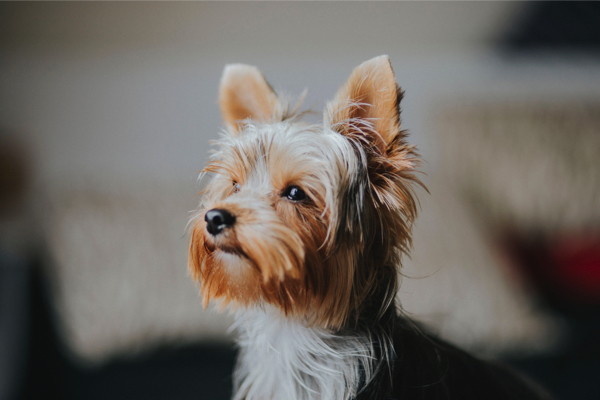
How to groom a dog with a silky coat
Silky coated dogs include breeds such as the Afghan Hound, Lhasa Apso, Shih Tzu, Tibetan Terrier and Yorkshire Terrier. When properly groomed, a silky coat can truly shine. So, how would you groom a dog with a silky coat?
Brushing a silky coated dog
Particularly if your dog’s coat is on the longer side, it is easy for a silky coat to become tangled. Therefore it is important to keep on top of your brushing routine to ensure your pooches coat looks shiny, soft, smooth and healthy at all times.
For longer silky coats, opt for a Dog Grooming Brush such as the Andis Soft Slicker Brush. This will gently remove any tangles, dirt and debris from the coat while picking up moulted hair from double-coated breeds.
For shorter silky coats, a bristle brush such as the Groomers Bristle Brush is ideal. This brush will also help remove moulted hair while spreading your dog’s natural moisturising oils, leaving a beautifully shiny finish.
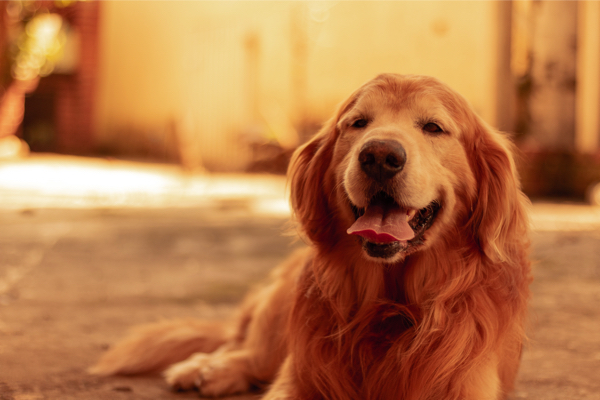
How to groom a double coated dog
There are many breeds of dogs with a double coat – some examples include Labrador, Golden Retriever, Pug, German Shepherd, Shiba Inu and Old English Sheepdog. These breeds, quite literally, have two types of hair on their bodies; the longer outer coat made up of thicker hairs, and an undercoat with softer, fluffier hairs. This double coat acts as a protective layer, shielding your pooch from harmful UV rays in summer and helping to insulate them in winter. Because of this, you should never shave a double coated breed, but should instead undertake a regular grooming routine to remove any loose hairs.
Brushing a double coated dog
A double coated dog has a lot of hair, so will need brushing at least two or three times every week to keep their coats free from tangles and clumps. However, due to the different types of hair on your pet’s body, you should have a number of different brushes in your arsenal.
An undercoat specific grooming rake, such as the Groomers Undercoat Rake, will help remove any loose hairs from your pets inner coat.
A wide-tooth comb, such as the Spratts Medium Wide Comb, should be used to work through any mats or tangles on the outer coat.
Finally, use a bristle brush, such as the Bass Bristle Brush, over the whole coat to help de-shed your pet while improving shine and giving a sleek finish.
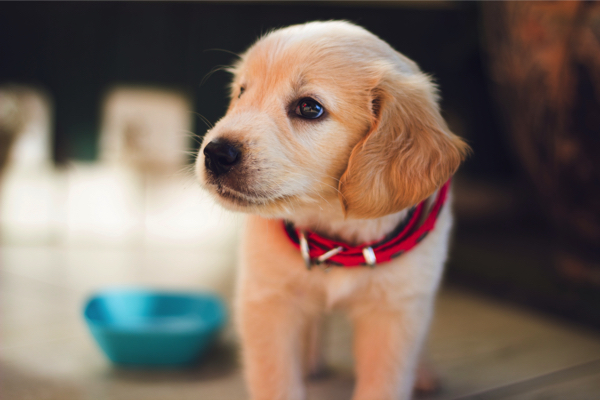
How to groom a puppy
Perhaps you’re lucky enough to be the proud owner of a brand new puppy? If so, you’re probably wondering where to begin when it comes to puppy grooming.
With a puppy everything is new, so it’s important to be very gentle with their grooming and bathing. However, starting grooming early will get your new pup used to the process and sensations, leading to a dog who is much more relaxed and comfortable being groomed!
Brushing a puppy
The most important thing with brushing a puppy is to be gentle and to use a puppy specific brush or comb. The Spratts Puppy Comb is a medium-fine tooth comb designed just for puppy grooming and will leave your new addition with a coat that is super soft, smooth and healthy.
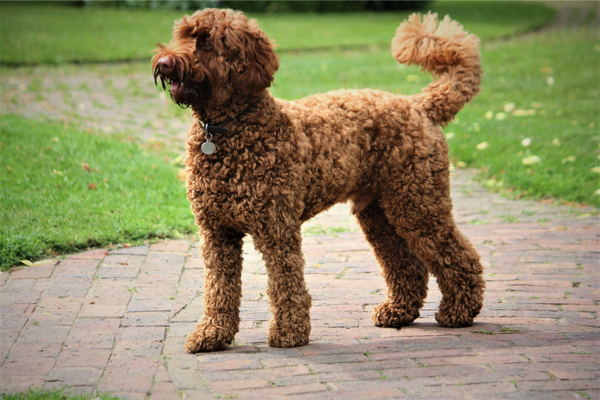
How to groom a dog with a curly/wool coat
Dogs with curly or wool coats include the Bedlington Terrier, Bichon Frise, Poodle, Labradoodle, Cockapoo and Maltese. There is often a variation in coat types; depending on the breed, your pooch could boast a soft, curly, wavy or straight coat.
However, these breeds all offer one similarity, in that their coat is made up of hair rather than fur. This tends to be non-shedding, meaning curly and wool coated dogs are often favoured by those with allergies or those who are looking for a non-moulting breed.
While these breeds benefit from a lack of shedding, they do still require regular grooming as the coat can easily mat and tangle. Many owners opt to keep their curly or wool coated dog heavily trimmed – however, this should be done by a professional.
Brushing a curly or wool coated dog
A dog with a curly or wool cut needs regular brushing to remove tangles from the fur. Go in first with a detangle comb such as the Hard Rubber Rake Comb, then brush with a soft slicker brush such as the Andis Soft Slicker Brush promote healthy shine.

How to groom a dog with a wire coat
While in some ways a wiry coat can be more difficult to groom, there are a number of benefits to this type of fur – the coats don’t shed a lot, and, once groomed, tend to stay tidy for quite some time. Wire coated breeds include the Fox Terrier, Dachshund, Jack Russell and Scottish Terrier, and their fur consists of a soft undercoat alongside upper wiry guard hairs.
The best way to maintain a wiry coat is through stripping rather than clipping, as clipping a wiry coat runs the risk of ruining the texture. Stripping can be carried out with a special stripping blade or simply just by hand. This will help remove old and loose hairs from your dog’s coat, leaving room for newer hair to grow. For further information, check out our post on How To Hand Strip A Wire Dog Coat.
Brushing a wire coated dog
A dog with a wiry coat should be brushed twice a week with a slicker brush such as the Groomers Self-Cleaning Slicker Brush – simply brush your dog in the direction the coat is growing to remove any tangles.
You should aim to strip your dog’s coat every three to four months. Use a stripping knife for the best possible results – from Fine Stripping Knives to Course Stripping Knives, there are a number of options to suit your dog’s specific breed. To assist with hand stripping, you can also explore stripping stones, finger cots packs and Hatchwells chalk powder to offer additional grip while grooming.
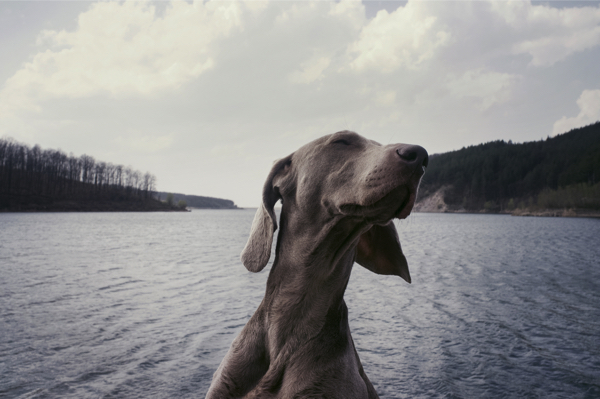
How to groom a dog with a smooth/short coat
If you own a dog with a short, smooth coat – lucky you! This is actually one of the easiest coats to groom, as it doesn’t tangle and has a naturally smooth, sleek finish. Breeds with smooth coats include the Greyhound, Pointer, Bulldog and Beagle.
Brushing a smooth coated dog
There are a number of options for brushing a smooth, short coated dog, from bristle brushes to grooming mitts. You should brush your dog’s coat once a week for the best results. Begin by brushing in the opposite direction to which the hair is growing to help remove any loose hairs from underneath the coat. Following this, brush in the direction of hair growth to remove any remaining hairs on the surface and leave the coat looking smooth and shiny.
February 18, 2023
December 15, 2022
December 15, 2022
Wyślij je do tym dostawcy
February 18, 2023
December 15, 2022
December 15, 2022

Privacy statement: Your privacy is very important to Us. Our company promises not to disclose your personal information to any external company with out your explicit permission.

Fill in more information so that we can get in touch with you faster
Privacy statement: Your privacy is very important to Us. Our company promises not to disclose your personal information to any external company with out your explicit permission.